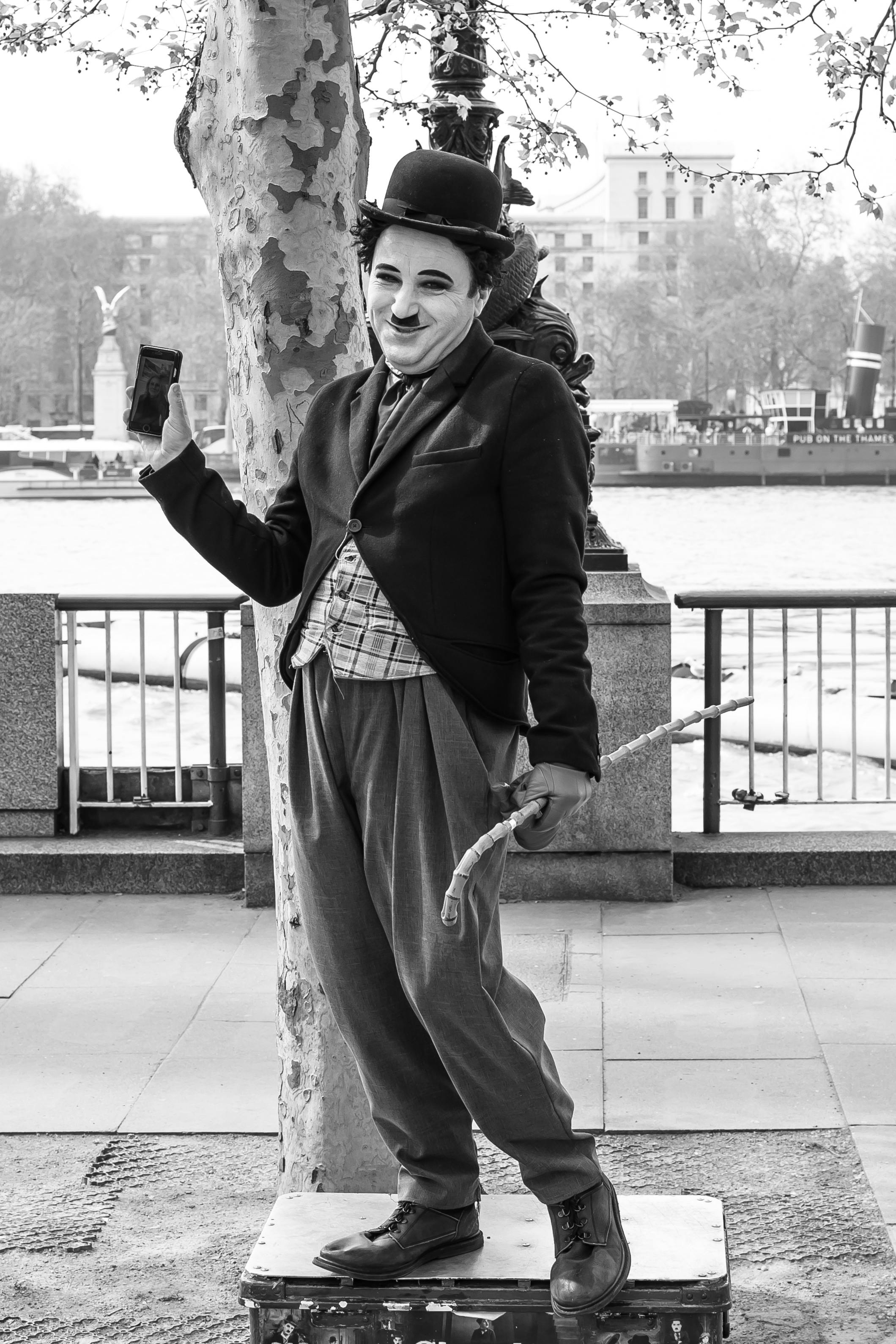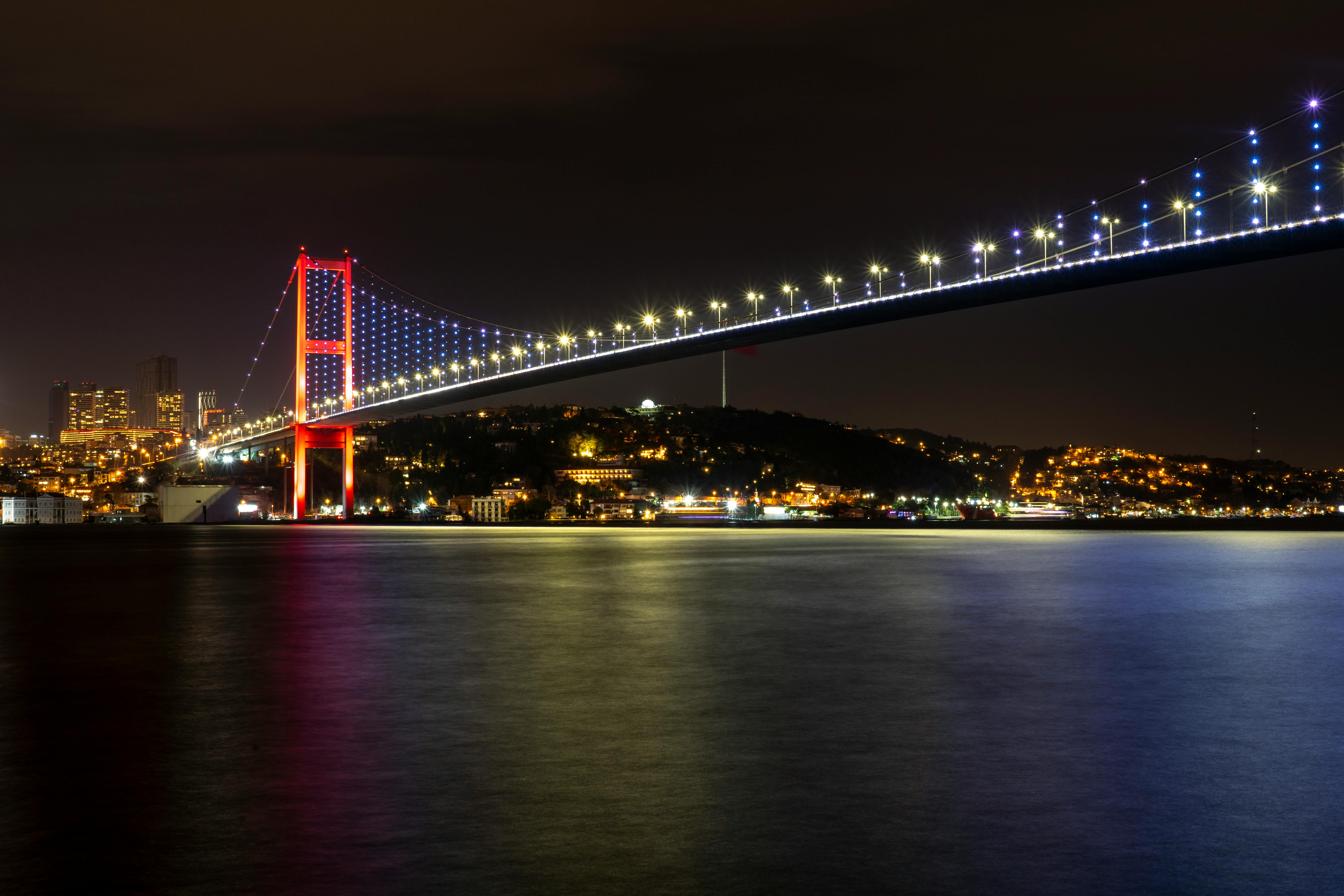Flickering Embers: The Rebirth of Silent Film in Modern Cinema
The resurgence of silent film is not just a nostalgic trip down memory lane, but a modern artistic revolution that challenges the traditional norms of narrative storytelling in movies. Let's dive into the history, the present, and the potential future of this resurging trend.

A Silent Past: The Origins of Silent Cinema
Silent film, a genre that reigned supreme in the early 20th century, was the bedrock upon which modern filmmaking was built. These films, devoid of synchronized recorded sound, relied heavily on visual imagery and body language to convey emotion and narrative. They were accompanied by live music, creating an immersive, theatrical experience. Silent film luminaries such as Charlie Chaplin and Buster Keaton dominated this era, their comedic antics and dramatic performances creating a lasting legacy in the annals of cinema history.
The Transition: Talkies Take Over
With the advent of synchronized sound technology in the late 1920s, silent films gradually disappeared from mainstream cinema. “Talkies,” as these sound films were colloquially known, revolutionized film, making silent cinema seem antiquated. However, silent films’ unique storytelling capabilities, which relied more on visual expression and less on dialogue, continued to influence filmmakers and artists.
A Quiet Resurgence: Silent Film in the 21st Century
In recent years, there has been a surprising resurgence of silent films within the global film industry. Modern silent films like “The Artist” (2011) and “A Quiet Place” (2018) have garnered critical acclaim and commercial success, suggesting a renewed audience interest in this bygone genre. These films leverage the silent format to create intense atmospheres, profound emotional depth, and innovative narrative structures.
The Impact: Silent Film’s Influence on Modern Cinema
This resurgence of silent film is more than a passing trend—it’s a testament to the enduring power of visual storytelling. By eliminating dialogue, filmmakers can focus on visual aesthetics, innovative sound design, and physical performances, adding layers of complexity to their narratives. This has resulted in some of the most critically acclaimed films of recent years, proving that silent film is not merely a relic of the past but a viable, dynamic form of contemporary cinematic expression.
Gazing Ahead: The Future of Silent Cinema
As we look ahead, the resurgence of silent film hints at exciting possibilities for future cinematic storytelling. With advancements in technology and an increasing appetite for innovative, boundary-pushing content, it is likely that we will see more filmmakers experimenting with the silent format. Whether it becomes a dominant trend or remains a niche genre, silent film’s resurgence is a testament to the cyclical nature of art and the enduring power of visual storytelling.
The revival of silent film in the modern era offers a fascinating glimpse into the cyclical nature of art and culture. Far from being a mere historical curiosity, the genre is being reimagined and reinvigorated by contemporary filmmakers, proving that silence, in cinema, is far from obsolete. As audiences and artists continue to explore this rich and nuanced form of storytelling, silent film’s future seems as bright as the flickering embers of its past.





